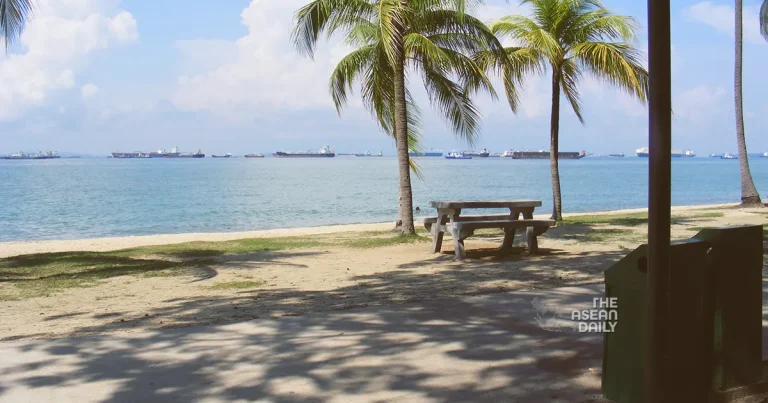5-10-2023 (SINGAPORE) Singapore, a city-state with a limited land area and developed coastlines, is facing a significant threat from rising sea levels. The Earth Observatory of Singapore at Nanyang Technological University (NTU) has been studying this challenge for years, and their recent projections highlight the urgency of the situation.
According to the research presented in June, Singapore could experience a sea level rise between 0.38m and 0.79m by 2100, and between 0.58m and 1.37m by 2150. These projections are dependent on various emission scenarios and the complex nature of climate change. The impact of melting ice sheets in places like Antarctica and Greenland will be particularly felt in tropical regions like Singapore due to the redistribution of melting water.
The consequences of even a small increase in sea levels are significant for a country where 30% of the land is less than 5m above mean sea level. It puts livelihoods at risk, strains transport infrastructure, and increases the vulnerability to flooding. Singapore estimates that it will need to spend over S$100 billion (US$73 billion) in the next century to protect the island from rising sea levels and climate change.
To understand future sea level rise, researchers at NTU reconstructed the history of sea levels in tropical and equatorial regions over the past 22,000 years using mangroves and corals as natural archives. They discovered that during the last glacial maximum, when temperatures were significantly lower and ice sheets covered large areas, the sea level in Singapore was approximately 120m lower than today.
However, the rise in sea levels was not uniform throughout history. Rapid increases occurred around 14,000 and 9,000 years ago when ice sheets in the northern hemisphere disintegrated. These findings demonstrate the sensitivity of ice sheets to climate change.
What sets the current situation apart is the unprecedented speed of change due to human activities. The rise in global temperatures and carbon dioxide levels over the past 150 years has been faster than any recorded in the previous 22,000 years. This accelerated rise in sea levels poses a direct threat to coastal environments, such as mangrove forests and coral reefs, which may drown and disappear if sea levels rise too quickly.
Singapore’s experience with rising sea levels provides valuable insights for other low-lying islands and coastal regions. The impact of rapid ice melting events on past sea levels was widespread across tropical and equatorial latitudes. The United Nations warns that a 30cm rise in sea levels could cause 45m of landward erosion in some Asian coastal areas.
While it is certain that sea levels will continue to rise in the 21st century, the rate and magnitude of this rise depend on the choices society makes. Individuals must actively contribute to a sustainable future by making conscious decisions that mitigate global warming and help achieve climate goals not only for Singapore but for the entire world.




